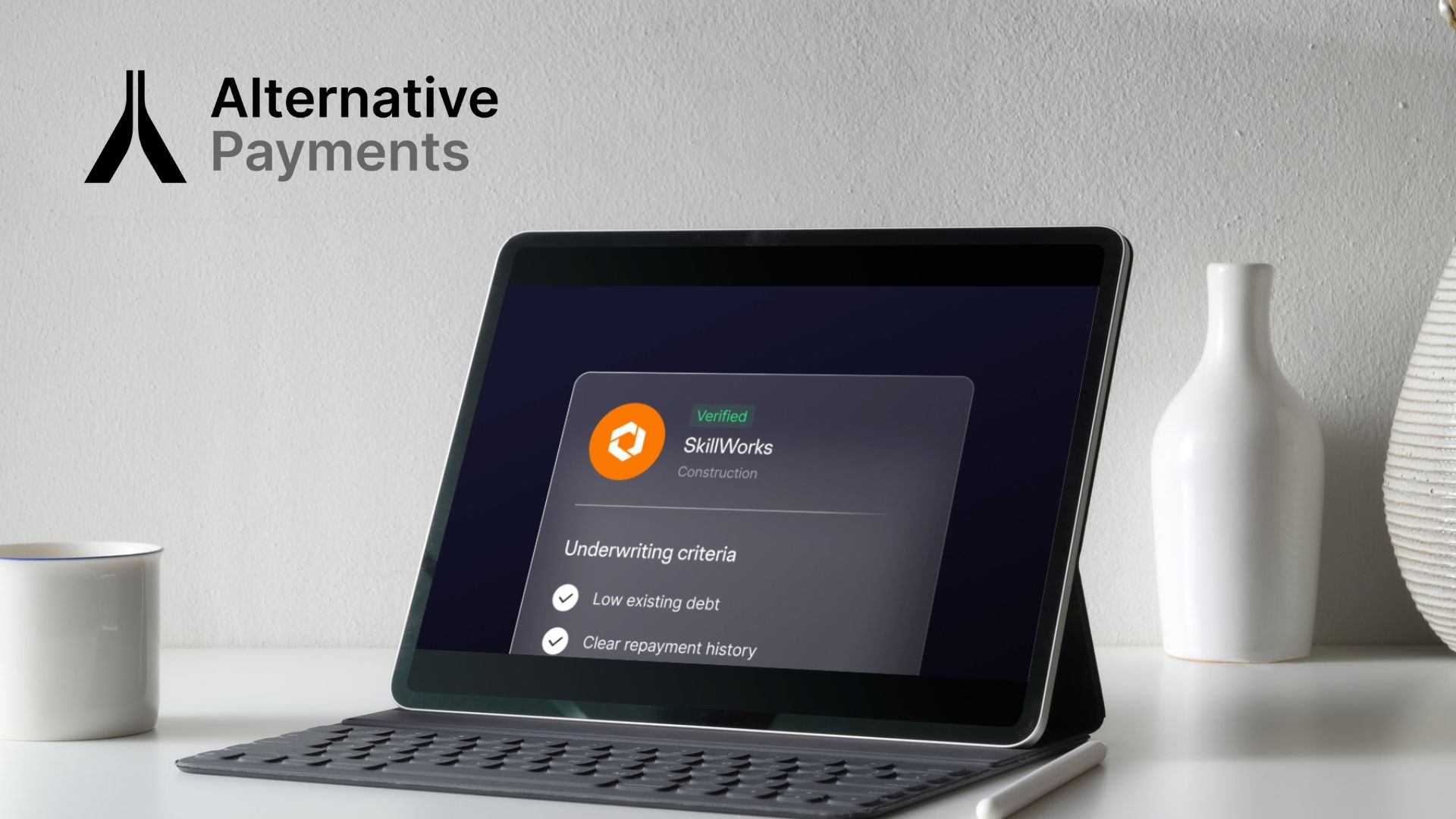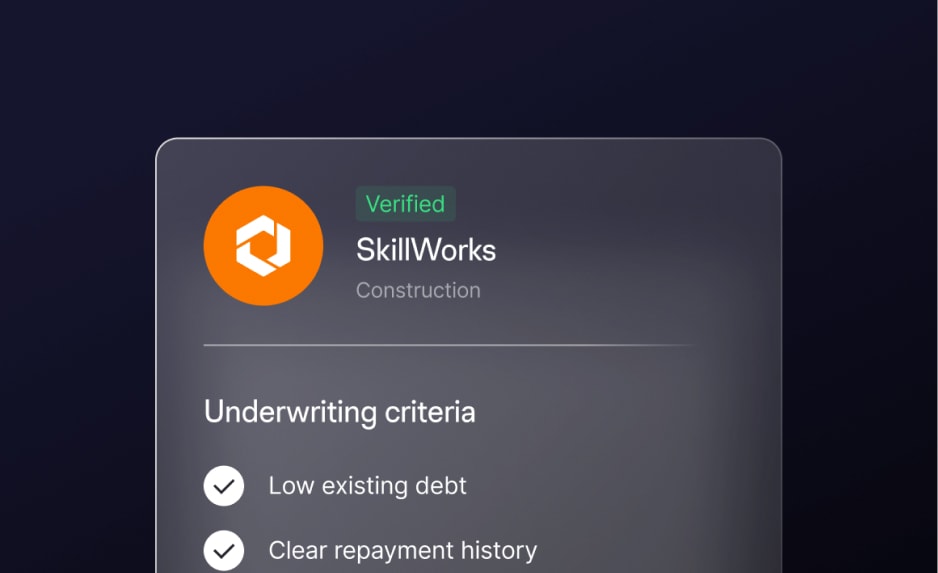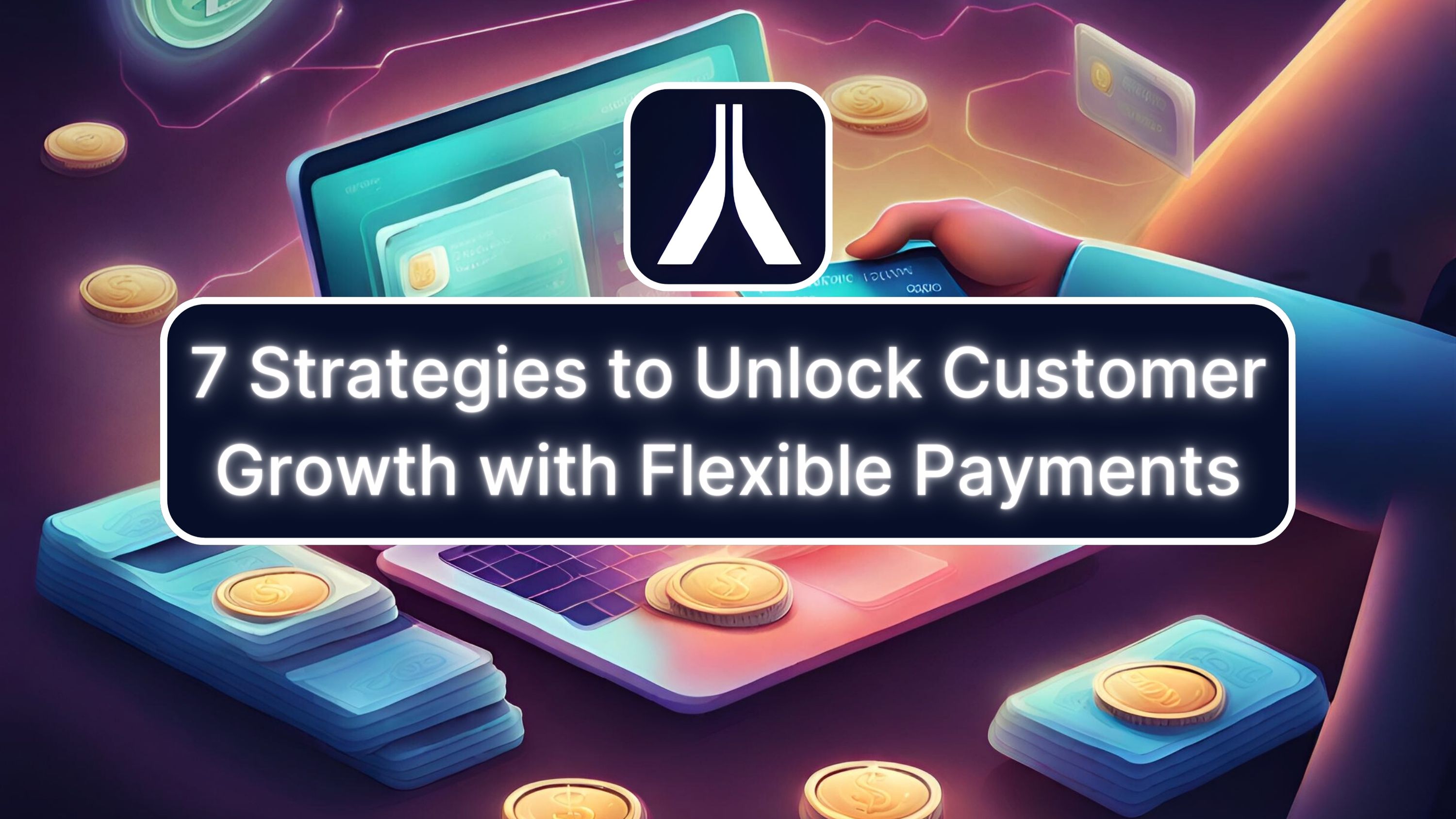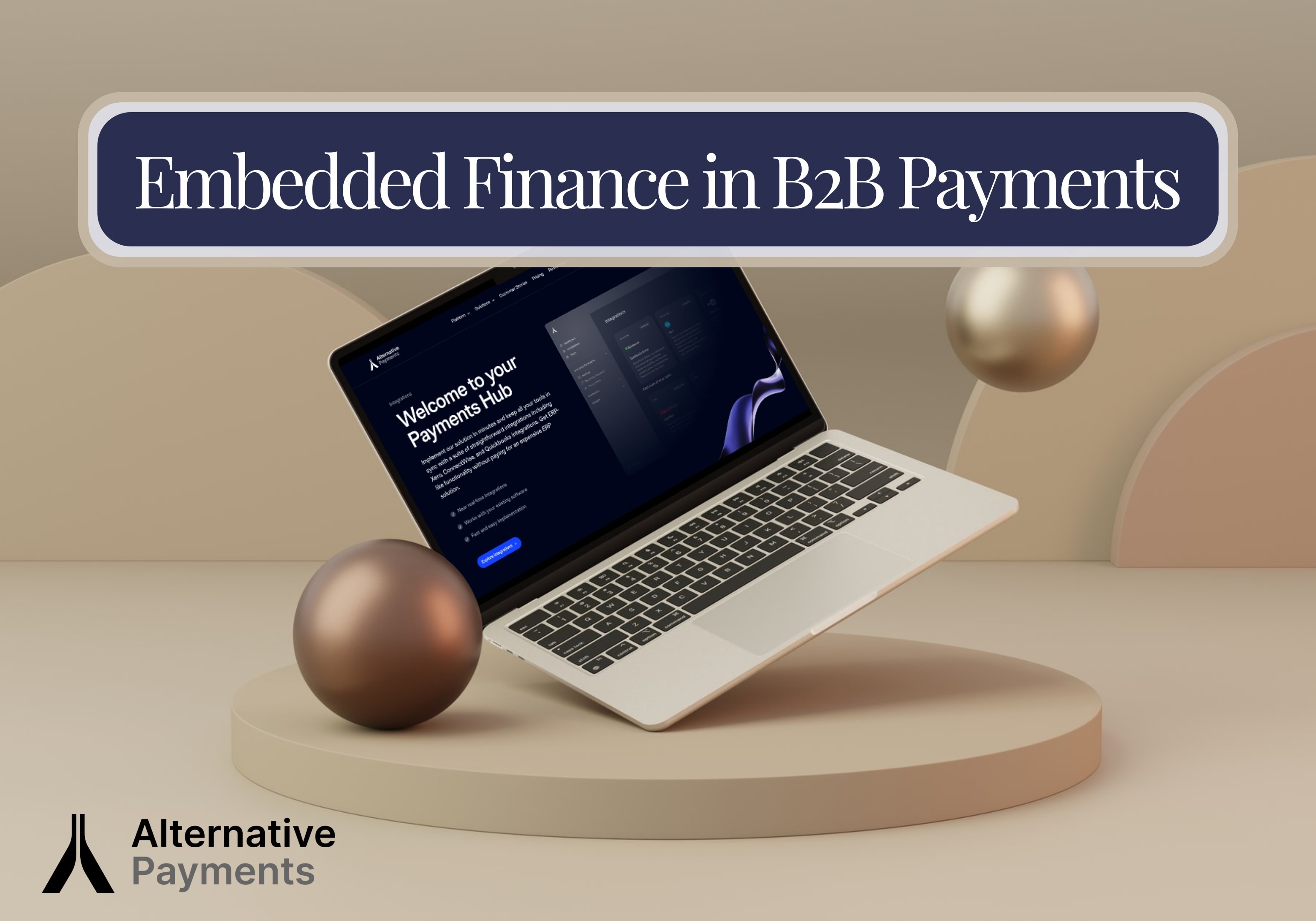Did you know simple, flexible payment terms can help your SaaS business grow faster?
Software as a Service (SaaS) is booming, but the industry is getting crowded. With over 17,000 SaaS companies in the United States, buyers can choose from many providers. Slight differences in the buying experience can sway a customer to decide between your product and a competitor.
Do you want to lose customers because you don’t offer flexible pricing?
Offering pricing and payment terms that fit your customers’ needs can make or break your B2B SaaS business. Flex payment terms are quickly becoming a part of internet purchasing and are an easy way to leapfrog ahead of competitors who can’t offer the same.
As of 2021, organizations use around 110 apps, with app usage growing at a multiple of 7x in the past 5 years! The popularity of SaaS alone can drive your company’s growth — reducing the barriers to purchase. By offering flexible pricing, you can:
- Convert more customers, shortening your sales cycle
- Deploy a dynamic pricing model with higher tickets
- Target and close prospects further upstream, increasing your average contract value
4 Pricing Mistakes to Avoid for Your SaaS
Now, flex payment terms alone can open those doors for you without changing a single feature of your underlying product. So, let’s dive in further and consider what it might look like to stop making these 4 common mistakes with your pricing strategy.
Mistake #1: You Don’t Provide Flex Payment Terms
Poor payment terms may cost you customers who even loved your product. The fact is that 34% of business buyers cite poor payment terms as one of their major challenges. The reality is pricing and billing requirements turn away new and existing customers.
Buyers want more control over their cash flow, and payments, over time, in installments, put more power back into their control. This is because customers are also people, and everybody favors flexibility, and that’s especially the case when paying for software.
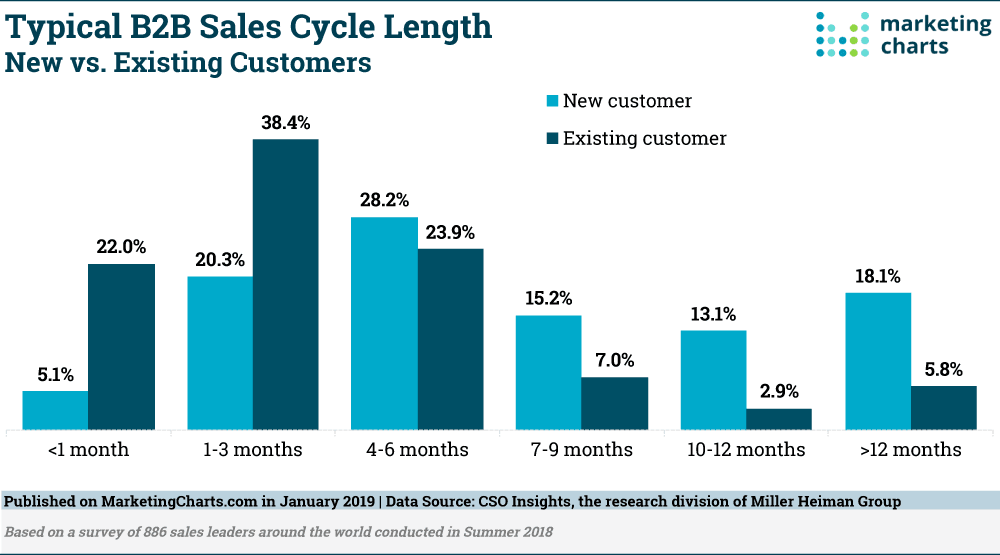
If you are like most SaaS companies, your sales cycle is long. Over 70% of B2B new logo sales take 4+ months to close, with 46% lasting over 7 months! You could instead invest the same time and resources into:
- Product improvements
- Driving additional value to customers
- Increasing market share.
It’s easy to attribute long sales cycles to the nature of B2B sales and the number of decision-makers involved in each purchase. However, companies with an average contract value of up to $50,000 close within 3 months, while larger contracts take around 6 months or more.
Sales cycles last a lot longer for larger contracts because customers hesitate to pay larger sums of money.
Mistake #2: Not Keeping Up with Preferred Pricing Trends
Your customers’ pricing expectations are rapidly changing. As the demand for SaaS products is booming, many B2B companies are investing in pricing improvements. In fact, since summer 2021, over 50% of B2B businesses have named pricing and deal scoring as a top priority. Evaluating payment methods pays for itself.
Those who don’t deviate from the status quo will fall behind.
But if you’re ready for it, the recent shift to digital can become an opportunity for your business.
McKinsey’s recent B2B Pulse report shows that B2B customers trust online sales channels more than ever before. Nearly 80% of businesses will place orders worth more than $50,000 after digital self-service or video sales calls. If you take advantage of this shift, you can close buyers without spending on expensive in-person negotiations or potentially any direct sales calls. There’s only one problem: customers resist digital-only deals for higher average price points. Only 35% of businesses will buy more than $500,000 worth of products without face-to-face interaction.
To land larger enterprise customers and larger enterprise deals, you may have to offer flexible payment terms.
Mistake #3: You Limit Credit Card Payments
In the same way, that a consumer loves using their card instead of a checkbook to make payments, B2B buyers, your customers, are no different simply because the nature of the situation is slightly adjusted. Consider that 50% of all business buyers prefer to purchase software with credit cards — the same holds for large enterprise buyers as well.
Businesses of all sizes enjoy the convenience and ease of paying with their corporate card instead of initiating wires or ACH transfers. The time saved with card payments quickly adds up across many software purchases made by each business. Yet, many software costs are impractical to put on a credit card. 61% of SaaS companies bill once a year, so to purchase software a business has to pay for the entire annual cost at once. The average software purchase is too large for a card payment, as costs often run between $100,000 and $150,000.
If you bill upfront, you are preventing customers from using their favorite payment method.
Mistake #4: Assuming Buyers Are Rational Thinkers
The rise of multi-threading in the buying process can make it easy to fall into the trap of assuming purchase decisions are rational considerations. Even when you deploy what you think is the perfect playbook to help scale your different tactics within your sales motion or are confident in your sales team’s ability to drive home a value-based message, yet still fall short. You know you have game-changing features, handle objections by explaining the time a prospect will save with your product, and negotiate a better bundle based on the prospect’s needs; however, none of those tactics consider the psychology triggers at play.
Business buyers are just as prone to purchasing biases as retail consumers. Your software as a service offering is not a simple impulse-driven psychological purchase, as it’s more aligned with the thought process involved when buying a luxury product. B2B buyers use the same decision-making shortcuts as retail consumers, especially for large price points.
Businesses judge expensive product offerings as higher quality and lower risk. On the other hand, discounts can compromise that perception of value in your prospect’s mind. For example, the Bloomberg terminal never offers discounts or even publishes its pricing, maintaining the integrity of the Bloomberg brand.
But if larger costs slow down your buying cycles or turn away prospects completely, how can you balance the perception of value and accessibility of your offerings? After all, your leads are worried that even if they talk to your sales team, they might not be able to afford your product at all.
Perception is Everything with Pricing
You are losing revenue by letting go of clients who hesitate at your perceived price.
Such hesitation is quickly apparent on a demo call, so sales teams negotiate down. To close a deal, your sales team probably offers large discounts on long-term plans. So lump annual payments are costing your company dearly in annual contract value while bringing down the perception of your product.
Channel the power of pricing psychology by offering flex payment terms to your customers.
Benefits of Flex Payment Terms
Charging upfront for your SaaS product may be easier, but it is losing your business revenue.
Large annual price points can communicate the quality of your product, but even large enterprise buyers may hesitate when committing to pay tens or hundreds of thousands of dollars on a new contract. Instead, provide your customers with the flexibility of paying over time so your customers can:
- Pay over time with the flexibility they desire
- Purchase more as payments are spread over time
- Accelerate their purchasing decisions, as pricing is now frictionless
If you’re ready to offer flexible pricing options, you can book a call with our team to see Alternative Payments in action!
